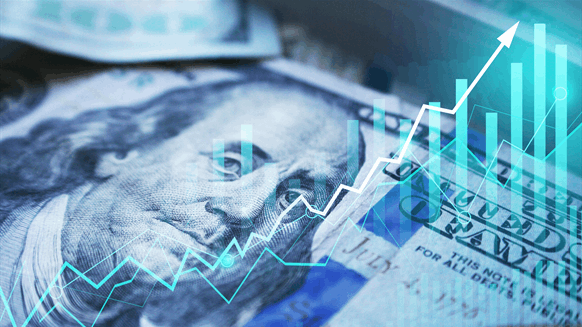Exxon Mobil Corp. Chief Executive Officer Darren Woods received a 52% pay increase in 2022, making his total compensation higher than Goldman Sachs Group Inc.’s CEOs. and JPMorgan Chase & Co.
Woods’ pay totaled $35.9 million last year, driven mostly by stock awards, part of the nearly $120 million shared among the oil giant’s five top executives, according to the proxy filing of the company published on Thursday. Woods also received a 10% raise in his 2023 salary, bringing it to $1.9 million.
The increase comes at a time when traditionally well-paid companies in finance and technology are holding steady or even cutting compensation after a difficult year for the markets. By comparison, Chevron Corp. CEO Mike Wirth’s total compensation rose just 4% in 2022 to $23.6 million, while JPMorgan’s Jamie Dimon and Goldman’s David Solomon received $34.5 million and $25 million respectively.
Shell Plc’s outgoing CEO Ben van Beurden received a 53 percent raise, but his pay totaled just 9.7 million pounds ($12.1 million) last year.
The payout underscores how Exxon and its leaders benefited as commodity markets soared last year after Russia invaded Ukraine, imposing higher energy costs on consumers, from natural gas in Europe to gasoline in the USA Exxon’s annual profit and stock price hit record highs during the year. President Joe Biden accused the company of making “more money than God.”
Woods defended his company’s 2022 earnings, saying Exxon’s aggressive capital spending before and during the pandemic was crucial to keeping key markets supplied with energy when shortages occurred.
“Our work started years ago, long before the pandemic, and we chose to invest counter-cyclically,” he said in January. “We leaned in when others leaned out, bucking conventional wisdom.”
Woods’ strategy was also based on extensive cost cutting. It has reduced the workforce to the minimum since the merger with Mobil more than two decades ago, merged business divisions and sold assets as part of a plan to save $9 billion in annual costs. That’s enough to pay about two-thirds of the company’s annual dividend.
–With assistance from William Mathis and Brian Chappatta.


